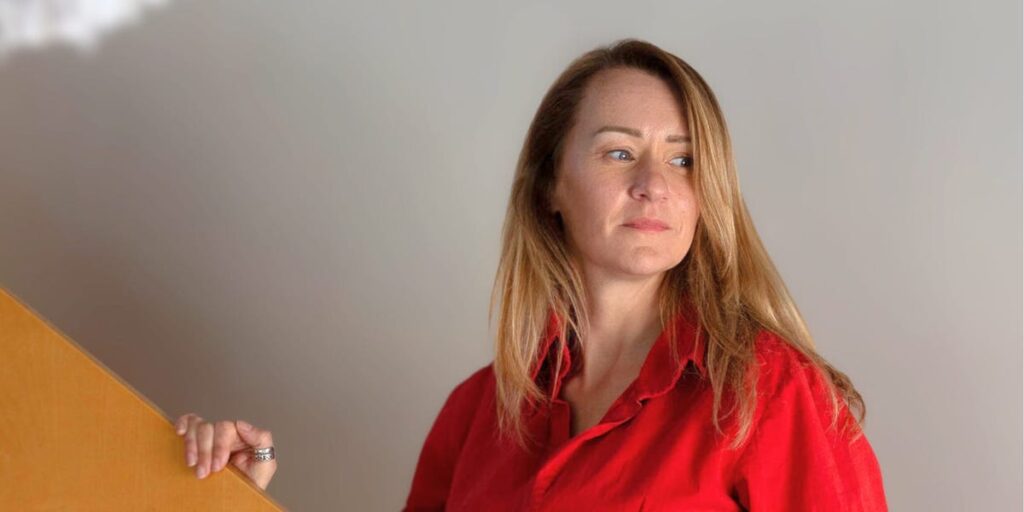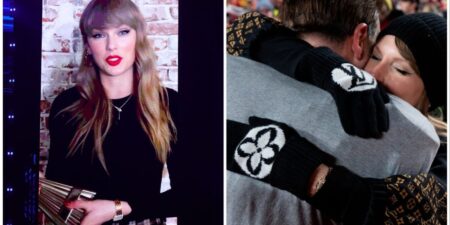Earlier this year, reading a dating psychology book was the wake-up call I didn’t know I needed.
I’d heard of attachment styles before and had self-identified as anxious. But it wasn’t until a friend recommended “Attached,” a 15-year-old book on the subject, that I began to understand the importance.
In the book, authors Amir Levine and Rachel Heller outline three main attachment styles — secure, anxious, and avoidant — and explain how recognizing your own can help you choose better partners.
It prompted me to reflect on my relationship history, clarifying that, since my 20s until forever, I’ve been drawn to avoidants 95% of the time — emotionally unavailable men who kept me at arm’s length.
The physics professor who told me how terrible it was that he thought he was falling in love with me; the tour guide with a list of wifely criteria I had to fulfill; and the cyclist who said, “I like you too, but you will never hear me say it.”
Reading the book felt like finally getting the instruction manual for my love life — and seeing exactly where things had gone wrong. Its “Experience in Close Relationships” test — 42 multiple-choice questions that take about 15 minutes — measured how I act and feel in relationships. My results came out nearly even between secure and anxious, with anxious edging ahead by one point.
Anxious styles are drawn to avoidants
I knew that my dating pattern had been continually opting for avoidant men. I began looking at every unconscious way I was attracting them in the first place and started replacing those signals with ones that might help to attract a secure man.
It started with rewriting my Hinge profile.
First, I asked ChatGPT to appraise my profile based on the principles from the book.
Verdict: The original profile gave off “cool girl” vibes only. It went on to describe the profile — me — as witty, interesting company, not too demanding, slightly guarded, and with no emotional depth.
This is catnip to avoidants.
I rewrote my profile to repel avoidants
Reworking my profile only took a couple of hours. My aim was to repel avoidants and appeal to secures.
When I turned back to ChatGPT, I typed out details about my dating and asked for a list of Hinge prompts that might draw out more secure answers. It suggested options like: “A life goal of mine…” or “I feel supported when…” or “The hallmark of a good relationship is…” or “A green flag I look for…”
Writing honest answers made me feel vulnerable. I picked two and answered honestly, one of them with a voice note. I thought the extra effort involved in listening to an audio would probably be off-putting to avoidants and could offer the possibility of a deeper connection.
I was more honest about my dating intentions
The hardest element to change was the part where you can add a note explaining your choice of dating intentions. Originally, I had selected “short term open to long” with the note “Meet and see what evolves. I think that’s what people did before apps?”
With my new secure-aware lens, I could easily see that my flippant answer would never appeal to secure men and would draw the commitment phobes instead. But the problem was that “short-term open to long” felt more honest. People come and go in your life. I care that a connection is real and that someone is consistent more than I care if the relationship lasts forever. So now, instead of just feeling all of that but hiding it, I wrote it in.
My new profile almost makes me cringe as the layers I added are much more revealing. which I now see is the point. I do get far fewer matches now and have only been out with one guy, on two dates, in about four months.
He was upfront in his early messages about only being in town for another week. I appreciated the transparency. Despite getting along, there was no big spark. On the second date, I brought up the topic of attachment styles, and he admitted he was more on the avoidant side. This showed me that my new profile isn’t 100% avoidant-proof.
The interesting part came later, when I ran our messages through ChatGPT, and it immediately flagged him as avoidant. One red flag was his one-week warning, which it described as “a built-in escape hatch.” Still, both dates turned out to be good practice. Instead of chasing a deeper connection, as I might have in the past, I focused on matching his energy.
It won’t be easy to avoid every avoidant man, but I feel better equipped to try.
Do you have a story about looking for love that you want to share? Get in touch with the editor: [email protected].
Read the full article here
















